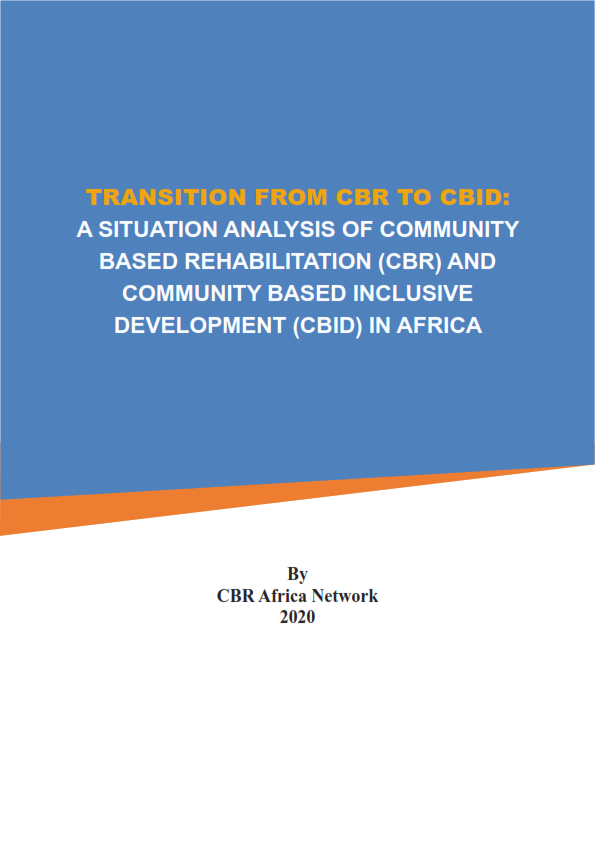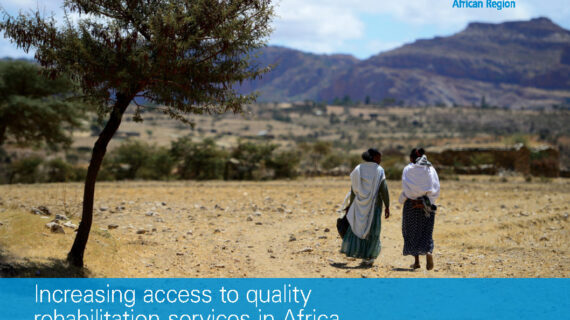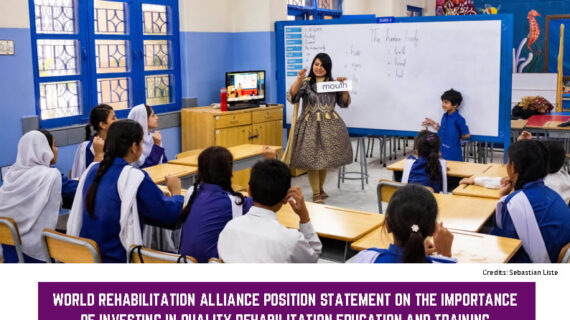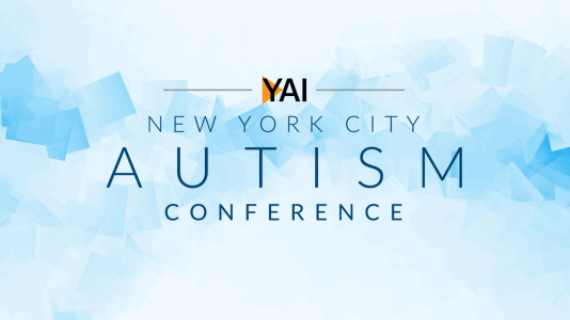TRANSITION FROM CBR TO CBID ; A SITUATION ANALYSIS OF COMMUNITY BASED REHABILITATION (CBR) AND COMMUNITY BASED INCLUSIVE DEVELOPMENT (CBID) IN AFRICA
Community Based Rehabilitation (CBR) has been implemented in many parts of Africa for over four decades. Since the declaration of the sustainable development goals, Community Based Inclusive Development (CBID) has been popularized for disability inclusion. Although each stakeholder is aware of contribution of CBR and CBID in empowering and enabling persons with disabilities, there seems to be confusion since many do not understand the difference they have.
In 2020, Rehabilitation International supported CBR Africa Network to establish the nature of interventions implemented by the various organizations for persons with disabilities to improve the lives of persons with disabilities and explore how this could inform the transition from CBR and CBID. The study was implemented in four countries of Africa that is Uganda and Zambia which are Anglophone and Francophone to allow room for comparison. Uganda and Zambia (Anglophone) and Cameroon and Togo (Francophone).
The study involved policy makers, education specialists, health personnel, personnel from organizations of and for persons with disabilities, human rights activities, leaders of persons with disabilities at different levels as well as persons with disabilities, family members and some community members. Information was collected using document review, some questionnaires, focus group discussions, interviews and observation. Output of these has been triangulated to generate the following results:
A total of 260 organizations participated in this study. 24.6% were organizations working with persons with disabilities and organizations of persons with disabilities 23.5% while NGOs 1.5%, government 2.3% and CBOs 3.8% had the lowest representation. Use of both CBR and CBID was noticed in all four countries. However, the higher percentage (38.8%) of the organizations reported that they have retained CBR, 31.4% have shifted to CBID while 29.8% are still grappling with the two concepts possibly because they are failing to comprehend their difference. Despite adoption of CBID, most organizations continue to implement similar activities as they did under CBR.
Lack of disaggregated data on disability, limited knowledge on the difference between CBR and CBID, limited funding, negative attitude and lack of coordination between stakeholders were identified as key challenges in CBR/CBID.
To mitigate these, obtaining disaggregated data, research and documentation of the PWDs, existing resources and facilities to inform planning, economic empowerment of PWDs and families, lobbying and advocacy for harmonization of CBR and CBID,
Conclusions
Regardless of the name, persons with disabilities need empowerment and enablement to enhance their participation and inclusion. The launch of the CBR guidelines reflected in the CBR matrix clearly indicates that inclusive development is the ultimate goal for CBR interventions. Regardless of the approach, persons with disabilities need adoption of the twin-track approach for them to empower while creating an enabling system at the same time. Much as some changes are professed by some respondents adopting CBID, interventions to empower persons with disabilities should be encouraged for effective disability inclusion.
Recommendations
- Raising awareness: Many people have always ben familiar with CBR. Advancement of CBID makes them expect and feel a difference in interventions yet the two are approaches which involve similar activities to promote participation and inclusion of people with disabilities. Awareness is therefore required to help individuals, families, communities and all other stakeholders in disability to help them understand the CBR/CBID for effective planning and implementation of activities.
- Networking and collaboration: The effectiveness of CBR/CBID requires collaborative efforts from different stakeholders. Government departments like MOH, MOES, MOGLSD and MOLG should work together with communities and Civil Society Organizations in the planning and implementation of activities for persons with disabilities.
- Education and training: Effective planning and implementation of interventions requires sufficient capacity development. Regardless of the name of the approach, education and training of individuals, families, project/program implementers and all other stakeholders is required in needs identification, intervention planning and implementation to promote participation and inclusion of persons with disabilities at the different levels which is the ultimate goal.
- Lobbying and Advocacy: Most interventions for persons with disabilities are supported by civil society organizations and development partners which is not sustainable. Effort should be made to lobby and advocate for government commitment and deliberate investment in CBR/CBID interventions at the different levels.
- Promote use of locally available resources: CBR/CBID being community based emphasizes use of locally available resources for ownership and sustainability of interventions however, this has been significantly lost in many communities. Effort should be made to promote identification and use of locally available resources at individual, family and community level since it helps to reduce costs and demystify disability to promote participation and inclusion of persons with disabilities.
- Promote research: In all most countries like the four countries of study, there is a general lack of disaggregated data on persons with disabilities, existing resources and interventions in communities. This calls for research at the different levels to inform effective advocacy, planning and budgeting for effective service delivery.







